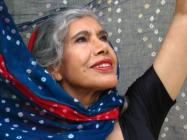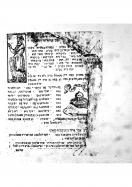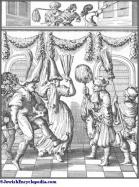(482 results found)
Qad Zawajunī - Here I Was Wed
… men's songs (including liturgical and para-liturgical music). The repertoire also deals with themes that reflect … life, as well as material and corporeal subjects. [1] The music in these songs reflects the feelings and state of the … varies according to community. [3] For example in the south-eastern city of Rada'a, which once housed a considerable …
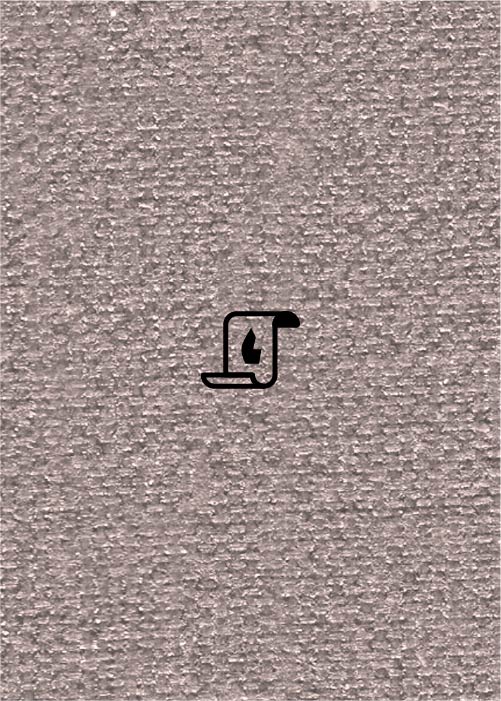
Hatikvah: Conceptions, Receptions and Reflections
… legislative design. Because of the “folk” origins of its music and the re-writing of Naftali Herz Imber’s poem … circumstances in which Imber’s poem was shaped and the musical contrafactum (adaption of a preexisting melody to a … and commercial recordings throughout the European, Middle Eastern and American Jewish diasporas, was a crucial …
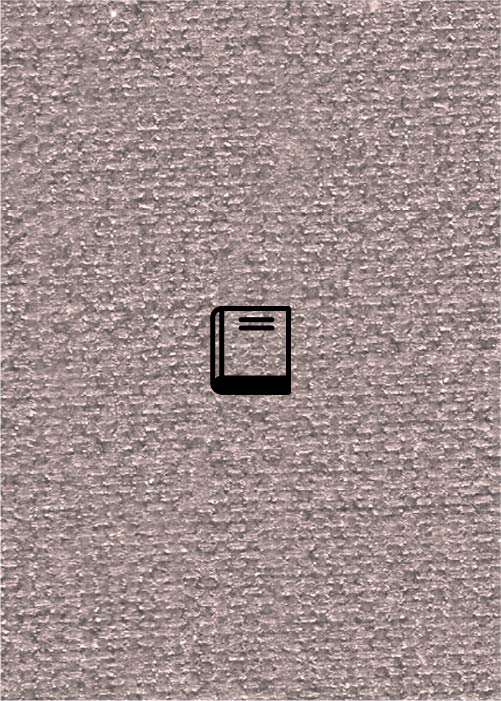
On a Particular Case of Tonal, Modal, and Motivic Components in Sources for Liturgical Music of East and West European Origins
… … World Union of Jewish Studies, Magnes … … 3 … 2009 … Eastern Ashkenaz … Western Ashkenaz … Ashkenazi liturgical music … Ashkenazi … Boaz Tarsi … Tamar Alexander-Frizer … … Modal, and Motivic Components in Sources for Liturgical Music of East and West European Origins …
The Jerusalem-Sephardic Tradition
… th centuries and developed under Turkish-Ottoman and Arabic musical influences. Contents The tradition of … This singing is part of the liturgical and para-liturgical musical tradition of communities that descended from Jews … become the central style among a significant portion of the Eastern communities in Israel and in the Diaspora, is a …
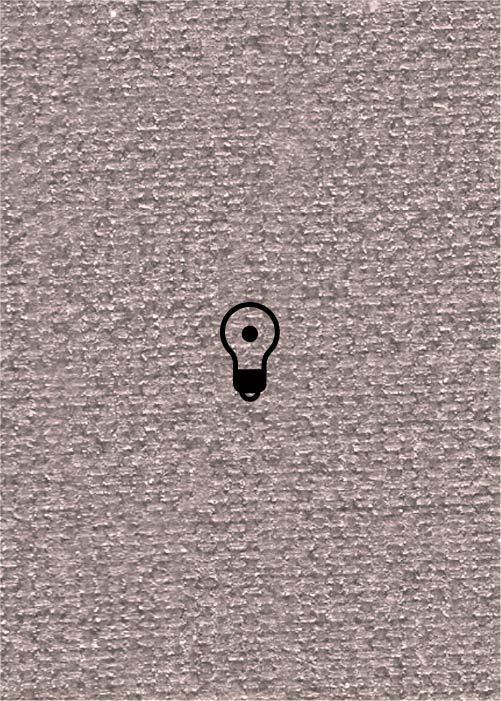
Vals (LKT)
… and contemporary state of knowledge about klezmer music. Each entry includes a number of citations from … refers to the term in question. It also indicates whether musical notation or sound recordings are included in the … the waltz words were sung which went with the rhythms... Eastern European Jews were accustomed to invite each guest …
Ehad mi Yodea - Its sources, variations, and parodies
… focusing on changes introduced to the text and the music within different historical contexts and local Jewish … is of Jewish origin, did it originated in Ashkenaz or in an Eastern Jewish tradition. Much of the relevant literature … version has become a popular song among Yiddish and klezmer musicians over the past few decades. Performers and adapters …

Terkish (LKT)
… and contemporary state of knowledge about klezmer music. Each entry includes a number of citations from … refers to the term in question. It also indicates whether musical notation or sound recordings are included in the … Greek sirto and suggests connections between the Jews of Eastern Europe and the Greek inhabitants of the Turkish …

Skotshne/Skochne
… and contemporary state of knowledge about klezmer music. Each entry includes a number of citations from … refers to the term in question. It also indicates whether musical notation or sound recordings are included in the … is sometimes performed in 3/4 and at times in 2/4. Jewish Eastern Europe was not fixated on one particular style of …
Hag Purim – The story behind its melody
… Ancis for four part men's choir. New York: Transcontinental Music Corporation, 1945. Example 5 Moisei Beregovski, … no. 114. Example 6 “Sabbathlichter” (lyrics: S. Rosenblum, music (!): J. Engel), Juedische Klaenge (Beilage zum … we dedicate the Song of the Month to a very popular Eastern European Ashkenazi melody that, in the early 1920s, …

Sher
… and contemporary state of knowledge about klezmer music. Each entry includes a number of citations from … refers to the term in question. It also indicates whether musical notation or sound recordings are included in the … that are widely found in the accounts of Jewish Ashkenaz in Eastern Europe, and they are danced among us up until this …

